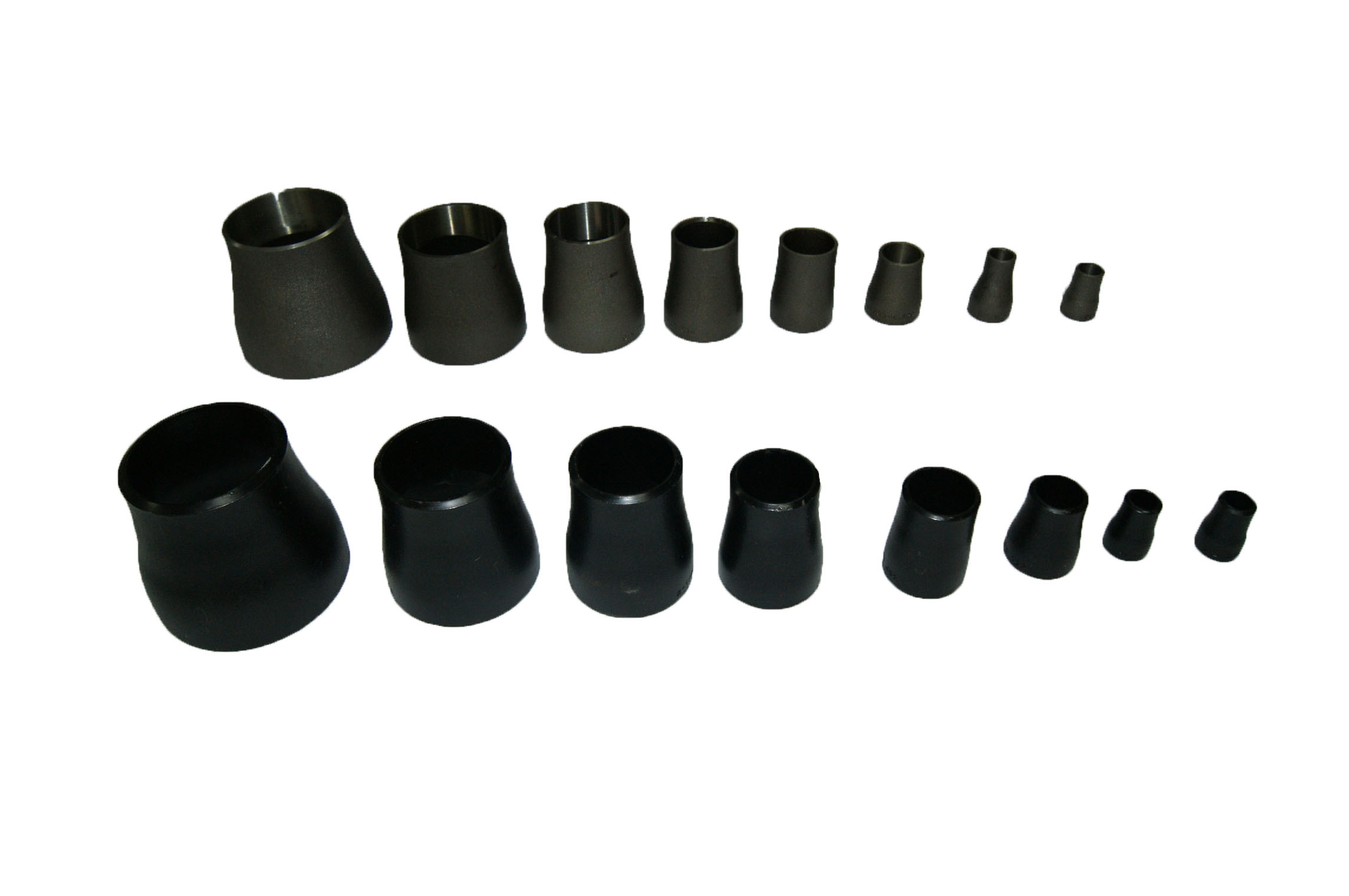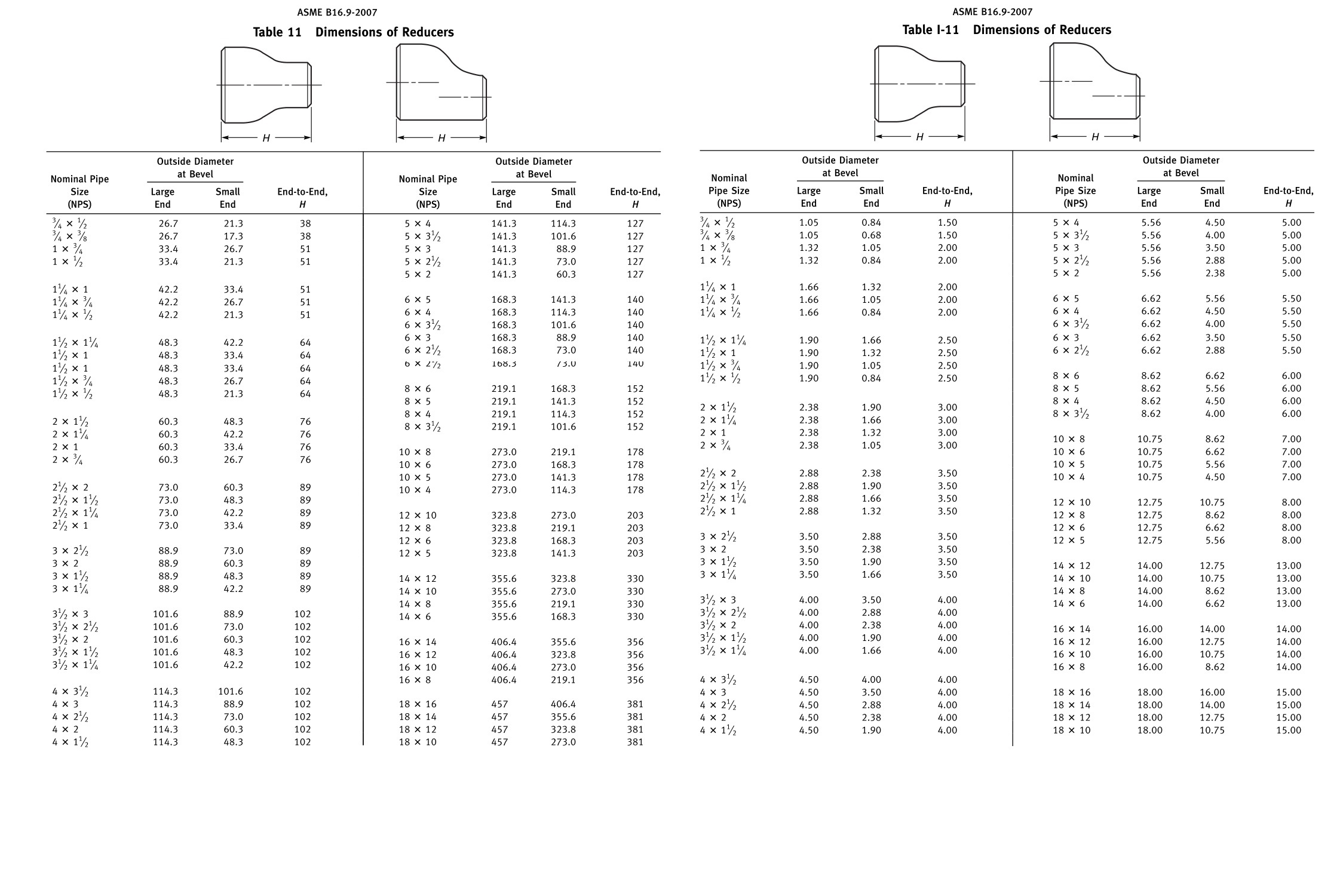Seasonal changes, the most common problem in many farms is the diarrhea of ​​the pigs, the use of drugs or repeated diarrhea after medication, what is the cause? It is observed that in addition to the disease factors invading the herd, there is another important reason for the improper management of the environment. In environmental management, the most easily overlooked and most influential is the wetness of the pig house environment. We must know that the humidity and humidity are different, the humidity only represents the water content in the air, and the humidity is more than the air and the ground and the wall. Among all the pig house environment factors, there are temperature, humidity, air quality, density, etc., no one has listed the moisture, so it is generally not taken seriously. It is precisely because it is not taken seriously that there will be many problems that should not arise. If you have a diarrhea in the summer delivery room, you can consider it from the wet side; if you encounter new diarrhea or other discomfort in the pig, you can also consider it first. Why does moisture cause disease? Mainly still has a great relationship with temperature. For example, in summer, the piglets are prone to diarrhea, often because the pig house is wet. This damp is not only the air is humid, but more serious, the ground is damp and the incubator is damp. When the ground is wet, in the drying process, it is necessary to absorb the heat in the air to lower the ambient temperature. The first change is the mesh bed which is only 25-30cm away from the ground, and this is where the piglets lie and move; The humidity inside the box directly affects the piglets that are in contact with it; thus, it seems that the temperature in the air is not low, but the effective temperature felt by the piglets is insufficient, the digestive function of the piglets is reduced due to temperature discomfort, and the disease resistance of the digestive tract is Decreased, causing diarrhea. If the pig enters the humid environment from a dry environment, there will be obvious discomfort. This phenomenon often occurs during the pig's transfer. Nowadays, it is mostly all-in and all-feeding mode. After each pig is turned away, it must be thoroughly cleaned and disinfected. If the pigs are tight, it is often necessary to transfer the pigs when the pig house is not dry, even though the nets are dry. However, the ground wall is still not dry; when the temperature is insufficient, the pig will be cold. When the temperature is high, the humidity in the air will be too large. In addition, the pig itself has a large group of stress, and the incidence is likely to occur. It is even bigger. When we understand the hazards of moisture, we then need to understand how moisture is produced and how we can effectively control it. Everyone knows that the production of moisture is water, and the wetness of the delivery room in summer is often related to the water play by the sow during the hot weather, and also related to the over-frequency of the grounder to cool the ground. There has been no better way to deal with high temperature problems, so the delivery room has been in a humid environment. In winter, the humidity in the delivery room is large, often because the sealing is too strict, the water vapor in the house can not be discharged, and the cold wall and roof are encountered, and the water is again flowed to the ground, so that the cycle is repeated, so that the house is always in a humid state, especially in the cold winter season. . At the same time, after the empty pig house is cleaned and disinfected, it will be very humid. If the pig house is not dry, it will be rushed to the pigs. Of course, the pigs can only live in a humid environment. For how to effectively control, and what aspects we should pay attention to in the production process, here are some suggestions for breeding: 1. Increase ventilation: Only ventilation can discharge the water vapor in the house. Ventilation is the best method; but how to ventilate, and take corresponding measures according to the use of the pig house. For example, raising the bed, increasing the distance between the pig and the wet floor, reducing the impact of moisture; increasing the window area and strengthening the ventilation of the pig house; conditionally increasing the floor window, the ventilation of the floor is more effective than the window above. Effective, can directly blow to the ground, reduce the degree of moisture on the ground; finally consider installing a fan, the fan can make the air flow enhanced, the effect is most obvious when the empty pig house is dry, once a day and night ventilation, basically can achieve very good drying effect. 2. Water-saving: In the pig house sensitive to moisture (such as the delivery room, pre-care stage), water should be controlled, especially to reduce the accumulation of water on the ground. 3. The ground is covered with quicklime: the ground is covered with quicklime, and the moisture absorption characteristics of the quicklime can be utilized to make the local air in the house dry. In addition, the quicklime also has a disinfecting function. It has been suggested that the lime will dissipate heat when it absorbs moisture, which will raise the temperature inside the house. I don't think it is necessary because the first quicklime emits less heat when it absorbs moisture, and has little effect on the temperature inside the house, and at the same time it is harmful to high humidity. Even if the temperature is slightly increased, the benefits outweigh the disadvantages. 4, grilled dry planking: in the case of the house environment is not easy to control, simply provide a small microclimate to the piglets also have a good effect, the method is often used to lay the wooden pad of the piglet with a stove to dry, or give a few days before the birth The pigs are spread on a dry cloth or carpet, so that the pigs are prevented from lying on the wet planks, which is good for preventing the diarrhea of ​​the piglets. 5, low-temperature water pipes: low-temperature water pipes also have the function of moisture absorption. If the water pipes below 20 °C pass through the wet pig house, the water vapor in the house will turn into water drops and flow down from the water pipes; if there are several water pipes in the house At the same time, drainage facilities can be used to reduce the humidity in the house. 6. Others: There are many ways to reduce the humidity. The furnace inside the house can be dehumidified. The air conditioner in the house can be used for dehumidification. The ventilation in the house can also reduce the humidity. Controlling the number of flushing the ground and preventing the leakage of the pipe can also be reduced. The pig house is wet and the area is water. The above mainly introduces the method of reducing humidity, but if the method can be implemented into effect, it requires strict means. How to control the stagnant water and find the accumulated water in the first time and clean it up effectively. How to repair leaking water pipes in a timely manner; how to reduce the form of the punching ring to clean the pigsty and so on. So the reason is very important, the method is more important, and the more important than the method is execution. The health of the herd is inseparable from the environment and nutrition. It is more important for the environment and nutrition under the current situation of complex diseases and complex pigs with more serious mixed infections. At the same time, strengthen immunity and improve health care to improve the body's resistance. Sickness and improved growth are also tasks that cannot be ignored.
Reducer is one of the chemical industrial Pipe Fittings. It is used in connecting two pipes with different diameters via welding. It usually adopts diameter reduction pressing, diameter expansion pressing or diameter reduction and expansion pressing. Stamping is treated in some reducers. The reducers were divided into Concentric Reducer and Eccentric Reducer.
Standard:ASME B16.9-2007,ASME B16.25-2007,ASME B16.5-2007,EN10253-1-1999 EN10253-2-2007 EN10253-3-2008 EN10253-4-2008
Wall Thickness:sch10, sch20, sch30, std, sch40, sch60, xs, sch80, sch100, sch120, sch140, sch160, xxs, sch5s, sch20s, sch40s, sch80s
Material: carbon steel: ASTM/ASME A234 WPB-WPC
stainless steel: ASTM/ASME A403 WP 304-304L-304H-304LN-304N ASTM/ASME A403 WP 316-316L-316H-316LN-316N-316Ti ASTM/ASME A403 WP 321-321H ASTM/ASME A403 WP 347-347H
Low-temperature steel: ASTM/ASME A402 WPL 3-WPL 6
Applications:Our pipe reducers are widely used in many industries,such as petroleum,power generation,natural gas, chemicals, shipbuilding, papermaking and metallurgy,and so on.
Steel Reducers,Pipe Reducer,Concentric Reducer,Eccentric Reducer HEBEI ZIFENG NEW ENERGY TECHNOLOGY CO.,LTD. , http://www.zifengpipeline.com
SH/T3408-1996 SH/T3409-1996,SY/T0609-2006 SY/T0518-2002 SY/T0510-1998,DL/T695-1999 GD2000 GD87-1101,HG/T21635-1987 HG/T21631-1990
Size:Seamless Pipe Reducer : 1/2"~24"DN15~DN600
Welding pipe reducers: 4"~78" DN150~DN1900
Industrial processes:bending,squeezing,pressing,forging,machining and more.


